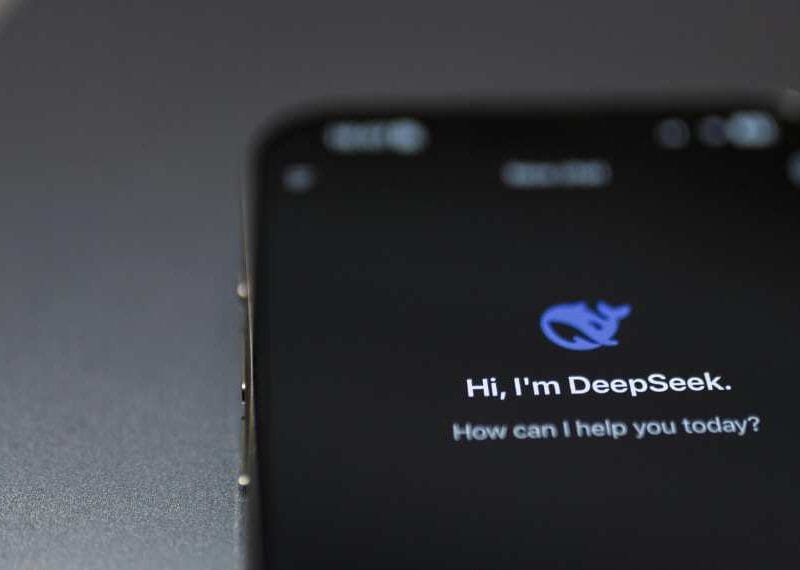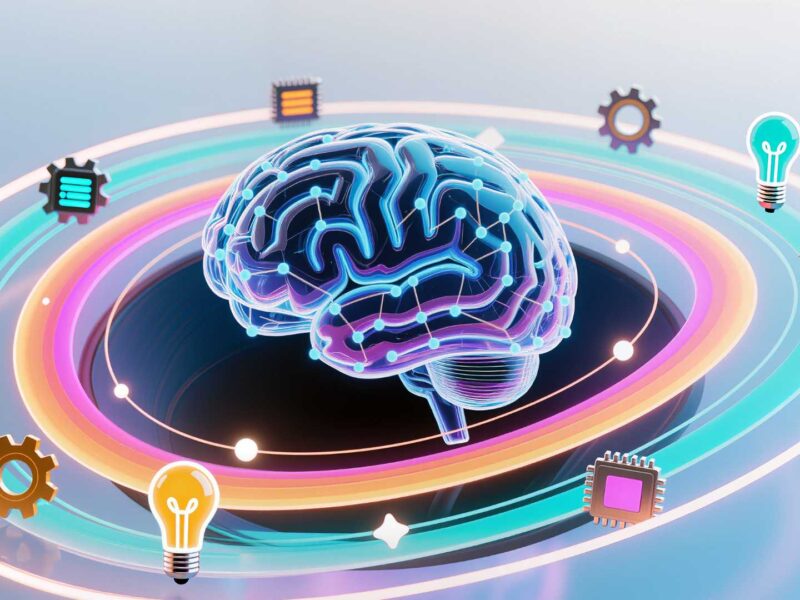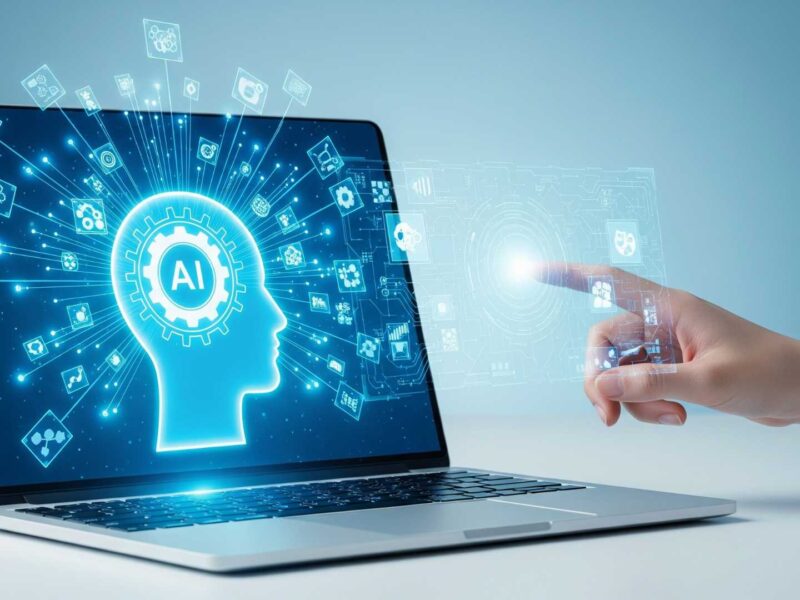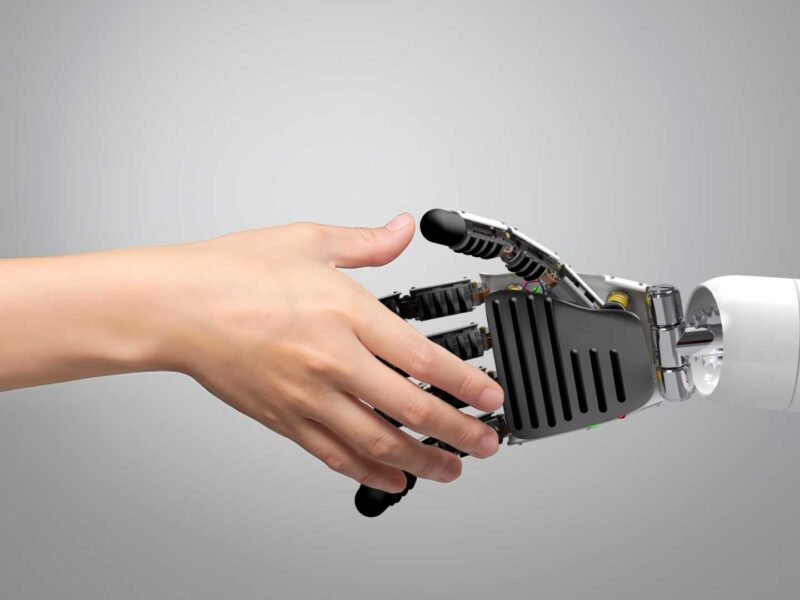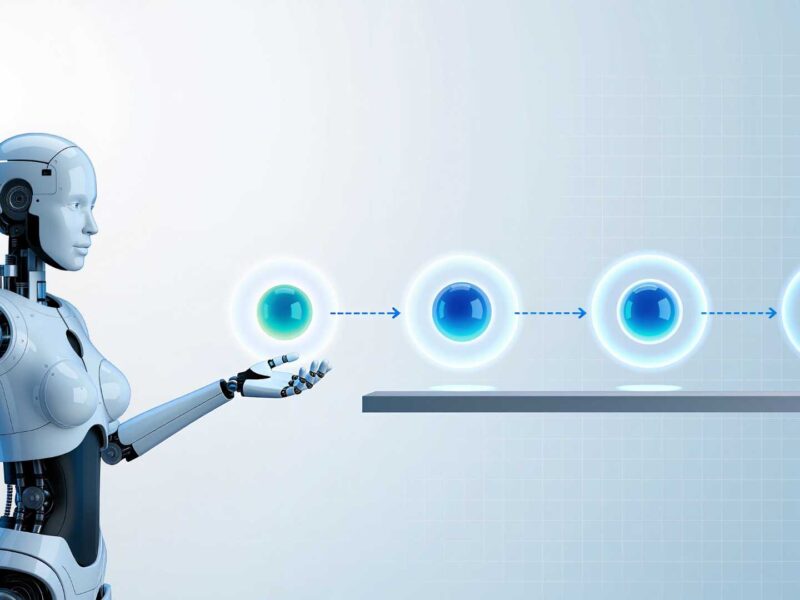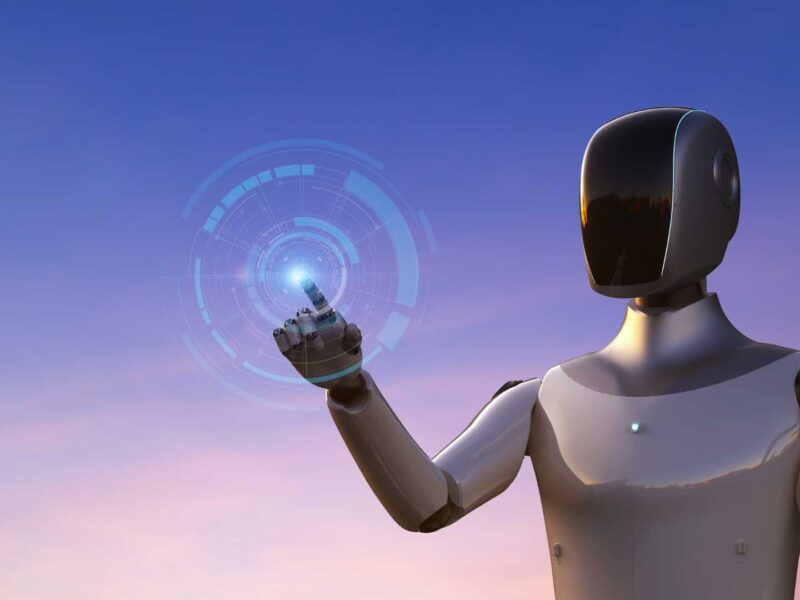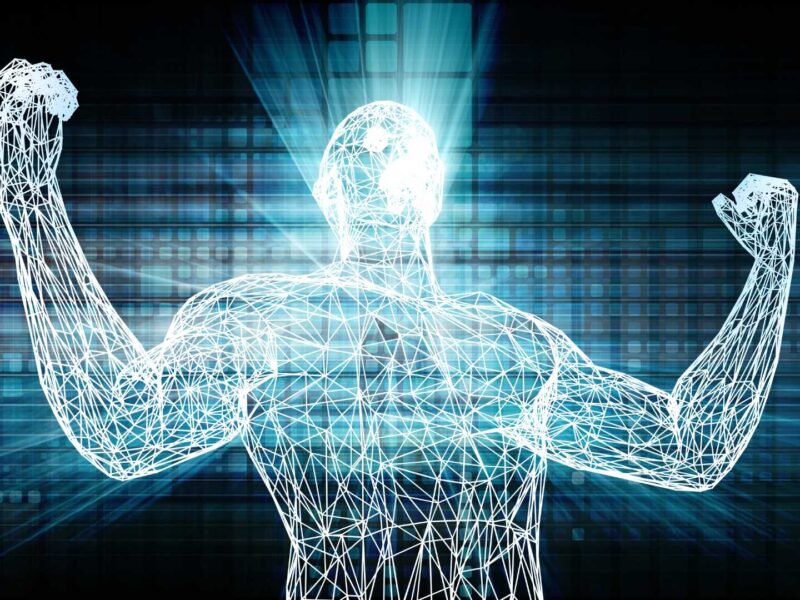From Tradition to Transformation: How AI is Redefining Tech Roles
Artificial Intelligence is reshaping traditional processes, job roles, and skill sets, revolutionizing how organizations operate.
This Techronicler article compiles insights from business leaders, thought leaders, and tech professionals on tangible ways AI has disrupted their industries.
From automating content creation to streamlining recruitment and enhancing design workflows, AI shifts roles toward strategic oversight and demands new skills like prompt engineering and data validation.
These experts share specific examples and strategies for navigating these changes, highlighting how AI drives efficiency, fosters innovation, and redefines workforce capabilities, offering a roadmap for organizations to adapt and thrive in an AI-driven landscape.
Read on!
AI Shifts Roles, Requires New Skills
As the founder of Gator Rated, I’ve watched how AI-driven tools have fundamentally changed the way we operate as a digital real estate platform.
One big shift was the automation of property content creation.
We used to rely completely on writers to research and craft every listing summary and neighborhood guide. Now, AI can generate first drafts by analyzing MLS data and local trends, so our team can focus on editing and adding unique insights.
This has shifted job roles—writers have become content strategists and fact-checkers instead of just creators, and we now specifically seek out people skilled at prompt engineering and data verification.
To navigate the transition, I held hands-on training sessions for my team and encouraged them to experiment with different AI tools.
Open conversations about concerns and upskilling needs made a big difference, ensuring the human element remained at the center of our brand.

Mark Sanchez
Founder, Gator Rated
Automates Testing for Better Productivity
AI has fundamentally transformed the way we approach software development at TechnoLynx.
One significant disruption has been the integration of machine learning algorithms in our testing processes.
Traditionally, our teams would manually test software, which was time-consuming and prone to human error. By implementing AI-driven testing tools, we have significantly reduced the time required for quality assurance, allowing our developers to focus on more complex tasks that require human creativity and insight.
A concrete example of this shift occurred when we adopted an AI-based code review tool.
Initially, there was some resistance from the team, as they were accustomed to traditional peer reviews.
However, we navigated this change by providing comprehensive training sessions that highlighted the benefits of the tool, such as increased accuracy and efficiency.
Over time, the team embraced the AI tool, and we now see a marked improvement in code quality and team productivity.

Balázs Keszthelyi
Founder & CEO, TechnoLynx
Reshapes Creative Content Production
I’ve seen firsthand how AI has reshaped the way we work—especially in photography and creative content production.
A few years ago, our team spent hours manually retouching photos, selecting the best images from shoots, and optimizing files for clients. Today, AI tools like generative fill and automated culling software handle these tasks in minutes, freeing up our creatives to focus on higher-level work like storytelling, concept development, and client collaboration.
One specific example is our shift from manual image editing to AI-assisted workflows.
Previously, retouching a large batch of images could take an entire day. Now, tools like Adobe Photoshop’s AI features or Luminar’s automated adjustments let us process hundreds of images in a fraction of the time.
We’ve also adapted by training our team on prompt engineering and AI integration strategies—skills that weren’t even on the radar a few years ago. This has allowed us to pivot our creative focus from technical execution to strategic visual storytelling, helping us deliver faster, more innovative results to our clients.

Kaz Marzo
Operations Manager, Image-Acquire
Streamlines Reviews for Human Conversations
We started to use AI to analyze performance metrics and feedback data to help managers prepare for reviews. It identifies trends so it highlights not only strong contributions but also possible issues.
Managers are now spending more of their time talking about development and spending less time collecting data. This has also required them to learn to think about how to read AI summaries and use it as information.
The review process is now faster, more focused and surprisingly more human because we have freed up time for real conversations.
AI Shifts Developer Roles, Requires New Skills
I’m a Salesforce and full-stack developer deeply involved with AI’s practical applications.
AI has tangibly disrupted traditional development processes, particularly in metadata creation and code generation. We’ve navigated this by integrating AI directly into our workflows.
For instance, tasks that once required manual, repetitive coding for Salesforce components are now largely automated. This shifts the required skill set from rote component creation to understanding AI prompts, validating AI-generated code, and architecting efficient AI-driven pipelines.
It’s about supervising AI, not replacing developers, freeing us for complex problem-solving.

Nahuel Moreno
Founder, Deploforce
Transforms Enterprise Operations and Skills
Artificial Intelligence has fundamentally transformed enterprise operations via the automation of routine tasks, enhanced decision-making processes,and further necessitation of new skill sets.
Traditional roles comprising repetitive tasks, such as data entry and basic analysis, are increasingly being handled by AI systems.
With this shift, professionals need to develop skills in AI integration, data interpretation, and strategic oversight to remain relevant.
The overall focus is moving from manual execution to managing AND collaborating with AI tools to optimize outcomes.
A notable example is the automation of corporate expense processing via integration of GenAI and Intelligent Document Processing (IDP).
One study detailed in arXiv (May 2025) describes a system that automates the recognition of receipts, classifies expenses, handles exceptions intelligently, and incorporates human oversight for final decisions.
The delta: implementation led to over an 80% reduction in processing time, decreased error rates, and even improved compliance.
It’s evident how this approach demonstrates: morphing AI technologies with human input can effectively streamline complex processes, at an order of magnitude.
An effective integration of AI into enterprise workflows remains a strategic imperative in a post-2025 world.
Organizations now have no choice but to proactively adapt by constructing an environment of continuous learning and agility. Investing in employee training to develop AI-related competencies, re-evaluating job roles, redesigning workflows are essential steps.
Furthermore, embracing such given changes allows enterprises to directly benefit from AI’s potential via positive net efficiencies and competitive operational advantages in a hyper-competitive economy.
Reshapes Recruitment, Humanizes Hiring
I’ve seen AI disrupt traditional recruitment in ways that would’ve seemed radical even five years ago.
One of the clearest examples is how sourcing and shortlisting candidates has shifted from manual filtering to intelligent, predictive matching.
What used to take team days—sifting through CVs, cross-checking skillsets, and making subjective calls—can now be handled by a tailored AI model in minutes, often with better accuracy. But it’s not just about speed.
The shift has forced a rethink in the roles we hire for. Recruiters now need to understand data patterns, prompt engineering, and how to audit bias in automated decisions. In one case, we had to retrain our recruitment team not to compete with the algorithm, but to augment it—focusing more on candidate experience, storytelling, and cultural assessment.
It wasn’t easy, but it meant hiring was not just faster, it was fairer and more human-centred—ironically, thanks to the machine.
AI Evolves How Creativity is Sparked
AI has changed how our designers work by automating basic iterations. We use AI to generate layout ideas, color palettes and even variations of ad creatives.
Instead of spending hours experimenting, designers now review options, pick strong directions and enhance them. It made the process more efficient but also required upskilling designers to learn prompt crafting and critical evaluation.
Creativity has not been replaced but how it’s sparked has definitely evolved.

Marc Bishop
Director of Business Growth, Wytlabs
Transforms Content, Shifts Job Roles
Before AI we built training documents manually, reviewed updates monthly and struggled to scale. Now AI tools help us update SOPs and create new guides instantly.
It has dramatically decreased content lag and increased consistency. Our HR and ops teams had to learn how to put data into AI tools and efficiently edit the outputs. The job is no longer writing, it is organizing and shaping content. It has turned what was a static process into a dynamic process.
On behalf of the Techronicler community of readers, we thank these leaders and experts for taking the time to share valuable insights that stem from years of experience and in-depth expertise in their respective niches.
If you wish to showcase your experience and expertise, participate in industry-leading discussions, and add visibility and impact to your personal brand and business, get in touch with the Techronicler team to feature in our fast-growing publication.








